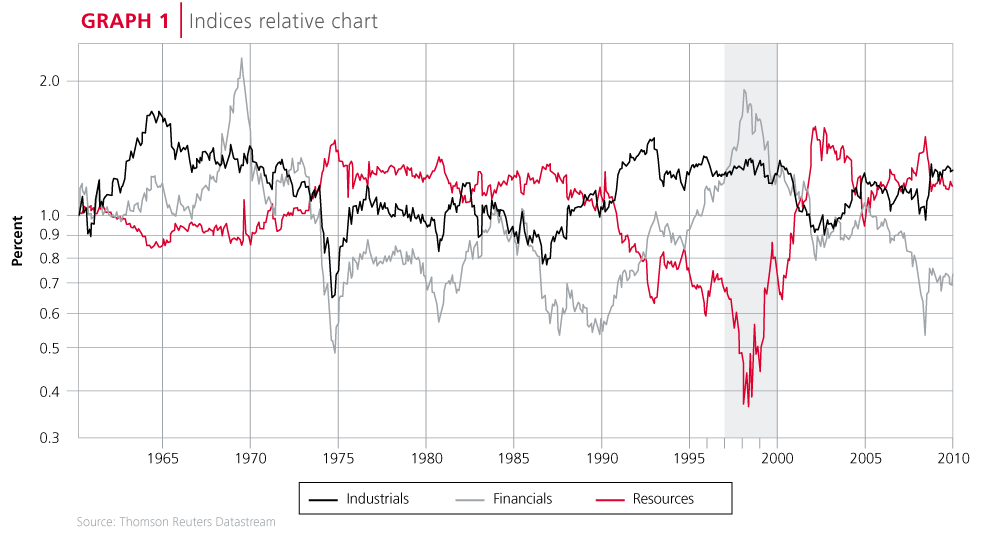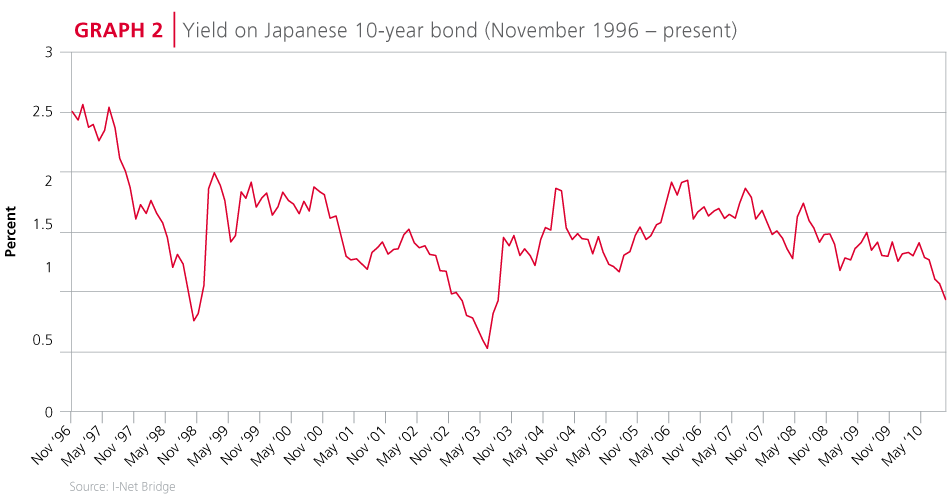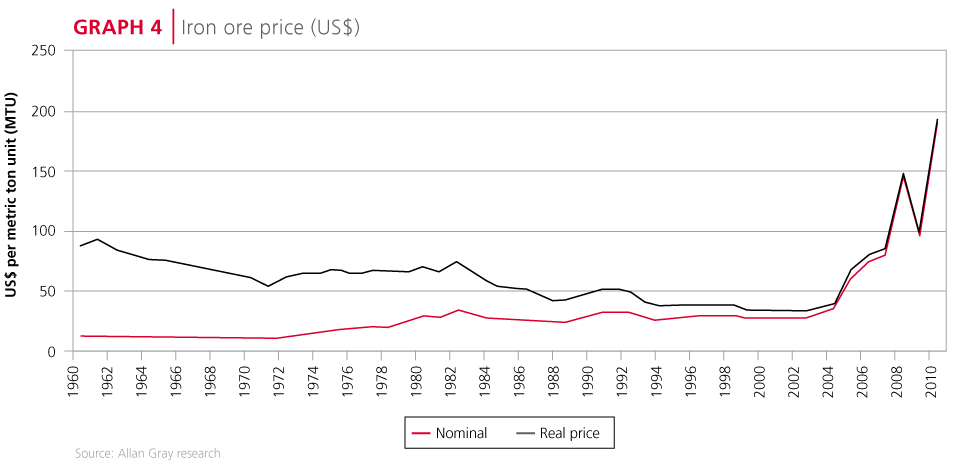Duncan Artus discusses the implications of the growth in the local asset management industry being focused on asset managers who variously describe their philosophy as long term, value or contrarian. History suggests that such a high percentage of assets being run on a common approach is unlikely to last. The catalyst for change has typically been asset classes or sectors within asset classes going to extremes which test the manager's conviction.
'Sometimes, what matters is not so much how low the odds are that circumstances would turn quite negative, what matters more is what the circumstances would be if that happens. In terms of finance jargon, expected payoff has two components: expected return and probability. While the probability may be small, a truly appalling expected return can still result in a negative payoff.' (Jean-Marie Eveillerd and James Montier)
Not quite so contrarian
A relatively large number of new local asset management businesses, or new divisions within traditional asset managers, have opened over the past five to 10 years, perhaps in response to the extreme market events of 1997-2000 (see Graph 1). These new players variously describe their investment philosophy as long term, value or contrarian. The industry's competitive environment has definitely been elevated - to outperform the average one cannot be the average.

Long-term, value ('valuation based') and contrarian investing should by definition intermittently produce very difficult periods for its practitioners. As Barton Biggs points out in his book 'Hedge Hogging', of the 10 managers highlighted by Warren Buffet who had beaten the market over the long term, eight had long cycles (defined as three or three out of four consecutive years) of underperformance within that outperformance.
Periods of underperformance by their very nature test the character, and with client withdrawals following underperformance, sometimes even the viability, of the investment manager's business. Indeed, as Biggs points out, one of Buffet's greatest advantages as a long-term investor is that he is his own client. These periods tend to coincide with asset classes, or sectors within asset classes, going to extremes, which in hindsight seem to defy common sense - these are low probability events.
History, whilst not certain to be repeated, would suggest that there is a low probability of a high percentage of the industry's assets continuing to be successfully managed on a common philosophy based on being different. It is not so contrarian these days to open a long-only value-based/contrarian asset manager. The true contrarians may argue that the time is ripe to open a growth fund or a short-selling fund.
Nobody is perfect
'A prerequisite for obtaining a method is acceptance of the fact that perfection is not achievable. You do not need to be perfect to win in the markets you just have to be better than almost everyone else, and that is hard enough!' (Robert Prechter)

Orbis has kept a record of the success rate of the equity decisions it has made over the last two decades. Over the full period around two-thirds of the Orbis Global Equity Fund's net assets have been invested in winning positions. While many clients are aware of this statistic, the converse that a top quartile manager will be wrong roughly one-third of the time appears to be less top of mind. (Interestingly, Orbis's track record is remarkably similar to that of Ernie Els, whose career statistics indicate he hits only 60% of fairways and 68% of the greens on the PGA tour - Americans seem to keep track of everything!)
IT IS NOT SO CONTRARIAN THESE DAYS TO OPEN A LONG-ONLY VALUE-BASED/CONTRARIAN ASSET MANAGER

A shortlist of low probability events that could make value-based investing less fashionable
We have compiled a shortlist of a few potential low probability events whose outcomes could precipitate one of the difficult periods we know will come, but do not look forward to:
1. Despite low global bond yields, government bonds outperform equities
Ten-year US government bonds yield only 2.5% while the earnings yield on US stocks is 6%, yet bond funds continue to attract record inflows, despite the widely known deteriorating fiscal position. A classic bubble in the making? Yet as Graph 2 depicts, the yield on the Japanese 10-year bond is currently 0.94%, 14 years after it first yielded 2.5%, despite years of Japanese government stimulus. Japanese equities are down 45% over the same period.
2. The currently undemanding 12-month forward global PEs provide little margin of safety
Investors often use one-year forecasted earnings when assessing the value of equities. Yet as Graph 3 (courtesy of Ned Davis Research) shows, forecasting earnings one year ahead is far from an exact science. We believe the probability distribution around the mean forecast earnings stream is especially high at the moment. This is reflected in the level of forecast error, which has recently been at its highest in history, as shown in Graph 3.

3. Emerging market growth and asset markets do not save the day
The consensus saviour appears to be forecast emerging market, especially Chinese, growth. While China is destined to become the world's biggest economy it is certainly not clear that a) the path there will be a smooth one, or that b) we have not seen the peak in infrastructure demand for many commodities, especially iron ore (Graph 4 above). We have previously highlighted the sheer size of Chinese credit expansion and investment relative to the size of its economy as unprecedented, along with all the associated risks of a credit boom.
THERE REMAINS A NOT INSIGNIFICANT CHANCE OF AN EXTREME OUTCOME WHICH WILL TEST OUR, AND FELLOW LONG-TERM INVESTORS',CONVICTION
As Ian Liddle discussed in Quarterly Commentary 2 2010, the outcome of any of the above events, or others, is likely to be magnified by the extent of foreign net investment in local equities and emerging markets in general. The sheer weight of the money could continue to push disparity in valuations and/or absolute valuations to extremes in either direction, which in hindsight may seem to defy conventional valuations.
We continue to caution, particularly in the case of local equities, that we are not finding sufficient value to have high conviction that it will be possible to achieve average historic real returns. Indeed, given government actions and the amount of leverage globally, there remains a not insignificant chance of an extreme outcome which will test our, and fellow long-term investors', conviction.